Should you take a trip to Burma?
For the past few decades, the debate on visiting Burma (Myanmar) has waged on with many scholars saying that a regular tourist visit would be viewed as support for legitimizing the repressive military regime ruling the country.
On the other hand, there are those who believe that visiting Burma would only help the people there. In many instances, tourists are their only contact with the outside world.
In recent years, the shift has been "to go". And if you want to experience a diverse culture and fantastic, jaw-dropping sights, you must go.
For many years, we debated these very same points, and when we first visited Burma in 2006, we wondered why we had not gone sooner.
 We entered Burma, as many western tourists do, from neighboring Thailand. As independent travelers, we had arranged our accomodations, aiport transfers, and internal flights with a local travel agent in Burma over the internet.
We entered Burma, as many western tourists do, from neighboring Thailand. As independent travelers, we had arranged our accomodations, aiport transfers, and internal flights with a local travel agent in Burma over the internet.

 The Chauk Htat Gyi Pagoda houses an enormous Reclining Buddha.
The Chauk Htat Gyi Pagoda houses an enormous Reclining Buddha.

Street food in Rangoon (Yangon). As adventurous as we usually are, this is one place where we didn't sample the street food. Skewered animal organs? On the street? No thanks.



Alan with an apple vendor on the street in front of a bank.
You cannot exchange money at a bank in Burma. And never exchange money at the airport. In most instances, you can purchase just about anything using dollars, so bring plenty of small bills.
Dollars must be free of any markings and excessive wrinkles or tears. Money can be exchanged at most hotels at very unfavorable rates. For the best rates, go to the local markets.
When You Go:
* Change only as much money as you think you spend. It's virtually impossible to change it back into dollars, and is useless outside the country. You will however receive a better exchange rate with larger bills ($100s). In Rangoon (Yangon) your best bet is exchanging with merchants at the Bogyoke market.
* Crime against tourists is rare since the penalties can be severe. Pickpockets do exist so be aware in crowded areas.
Rangoon time:
.jpg) You think you have a labor intensive job?
You think you have a labor intensive job?.jpg)





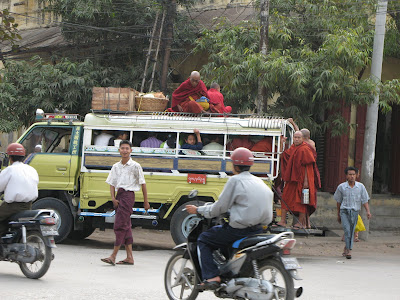



















.JPG)
.JPG)
.JPG)
.JPG)
.JPG)
.JPG)
.JPG)
.JPG)
.JPG)
.JPG)
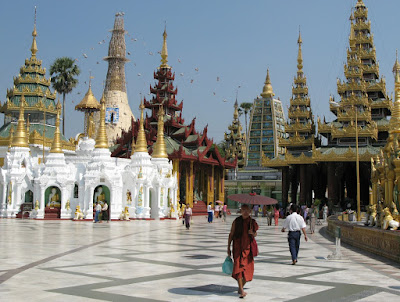.JPG)
.JPG)
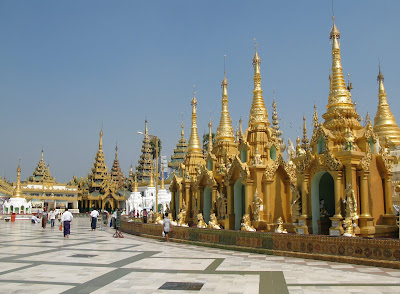.JPG)
.JPG)
.JPG)
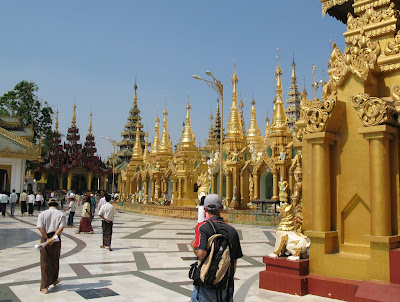.JPG)
.JPG)
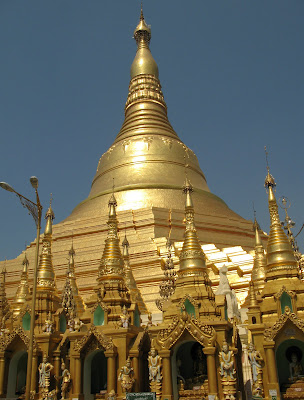.JPG)
.JPG)
.JPG)
.JPG)
.JPG)
.JPG)
.JPG)
.JPG)
.JPG)
.JPG)
.JPG)
.JPG)
.JPG)